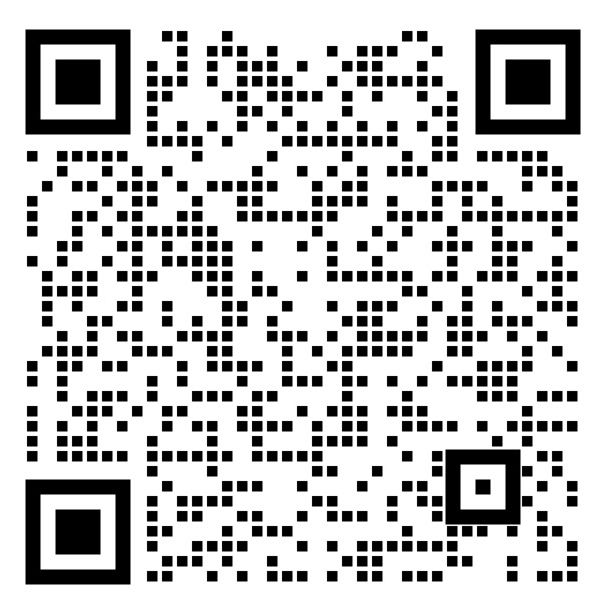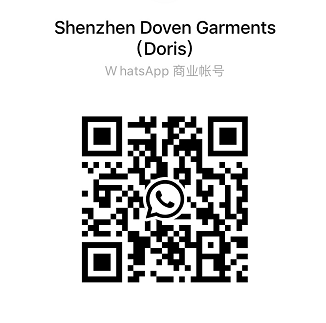do you know the specific steps in the production of clothing in a clothing manufactures? every step of garment production affects the quality of the garment, so if you want to make sure that you are buying high-quality garments from your suppliers, it’s a good idea to take a look at each step in the production of garments in a garment factory.
first. pre-operation
the first step in clothing manufacturers production is not to start with material selection or cutting. when you receive the original sample, you must first make a detailed plan. first, you must analyze the pattern and the attention points in the order operation, confirm the size, and organize the use of main and auxiliary materials of each color.
the first is the specification sheet. the specification sheet can be divided into the model specification sheet, the approval sample specification sheet, and the prenatal specification sheet. among them, the style and style specification table is mainly used for designers to see the style effect and calculate the materials used in production. in general, the same type of fabric is used for proofing, and auxiliary materials are allowed to be used instead. for the production apparel manufacurer, this specification table is only for quotation, in order to obtain real orders. when using this table, you should pay attention to the content and specifications of each item, because these contents and specifications are often directly related to the cost. methods and suggestions that are conducive to reducing costs without changing the basic requirements of the original clothing can be adopted. all changes in this specification sheet must be annotated so that they can be used in context when further work is carried out.
in addition, the approval sample specification sheet is mainly used for the approval sample. before the approval of the sample production, according to the specific requirements in the style sample and sample specification table provided, check the fabric structure and structural specifications of the sample, measure all the dimensions, and make sure that the dimensions of each point are within the allowable error range. send the style samples and specification sheets to the relevant technical personnel to review all doubts and difficulties in order to fully understand the situation of the samples. in principle, the official main materials and auxiliary materials are used for approval and sample preparation. in addition, the prenatal table this specification table is mainly a table provided by the customer after the approval sample is approved by the customer. only this product specification sheet is for factory mass production. if the previous specification sheet is used instead, mistakes will often occur, because after proofing, customers often change the original size, and the change of this size is often inconspicuous. before mass production and operation, it is necessary to proof once. it is called a prenatal sample. in the production of this sample, all the main materials and auxiliary materials must be used in the future production. after the customer fully approves, the mass cutting can be made.
second. the specific operation of clothing production
the basic technological process of clothing manufacturers production includes eight processes including incoming inspection of fabric materials, layout, cutting, sewing, buttonhole buttoning, ironing, garment inspection, packaging and storage.
material inspection and testing: including color difference inspection, dimension skew and defect inspection. after the fabric enters the factory, it must be counted and inspected for appearance and internal quality. only those that meet the production requirements can be put into production. controlling the quality of fabrics is an important part of controlling the quality of finished products. through the inspection and measurement of incoming fabrics, the authenticity rate of garments can be effectively improved. material inspection includes elastic shrinkage, adhesive fastness of adhesive lining, smoothness of zipper, etc. materials that cannot meet the requirements will not be put into production.
next is technical preparation: technical preparation is an important means to ensure that mass production goes smoothly and that the final product meets customer requirements. before mass production, the technical personnel must first do the technical preparations before production. the technical preparation includes three contents: the craft list, the formulation of the sample and the production of the sample. the craft list is a guiding document in garment processing. it puts forward detailed requirements for garment specifications, sewing, ironing, packaging, etc., and also clarifies details such as the matching of garment accessories and seam density. each process in garment processing should be carried out in strict accordance with the requirements of the process sheet. sample production requires accurate size and complete specifications. the contour lines of the relevant parts are accurately matched. the model number, position, specification and quality requirements of the clothing should be marked on the model board, and the model compound seal should be stamped on the relevant splices. after completing the work of formulating the process sheet and the template, the production of small batches of samples can be carried out, the non-conformity points can be corrected in time according to the requirements of customers and the process, and the technical difficulties are tackled, so that the large-scale production operation can be carried out smoothly. after the sample garment is confirmed and signed by the customer, it becomes one of the important inspection basis.
nesting: 1:10 pre-shrunk nesting is performed first, and a nesting diagram is drawn according to the template. “complete, reasonable and economical” is the basic principle of nesting.
cutting: each accessory and cutting is called one bed or one knife. the cutting bed can improve production efficiency, save raw materials relatively, and ensure quality better than manual cutting. generally, the fewer layers are cut, the higher the cost.
sewing: stitches and seam patterns are the basic elements of sewing. the sewing of garments can be divided into machine sewing and hand sewing according to styles and craftsmanship. in the sewing process, the assembly line is carried out. there is a process analysis chart when sewing.
third. post-process
buttonhole buttons: the buttonholes and buttons in clothing are usually processed by machines. according to their shape, buttonholes are divided into two types: flat and eye-shaped holes, commonly known as sleeping holes and pigeon-eye holes. sleeping holes are mostly used in shirts, skirts, pants and other thin clothing products. pigeon eye holes are mostly used on coats with thick fabrics such as tops and suits.
clothing ironing: the function of ironing is to use spray ironing to pre-shrunk the clothes, make the clothes beautiful in appearance, change the elasticity of the materials, and shape them. when ironing, insert a liner into the garment to keep the product in a certain shape and size. the size of the liner is slightly larger than that required by the garment to prevent the size from being too small after retraction. the ironing temperature is generally controlled at 180°c it is relatively safe between ~200 ℃, and it is not easy to be scalded and coked.
clothing inspection: clothing is about to face consumers directly, so the inspection before leaving the factory plays a pivotal role. because there are many factors affecting the quality of garment inspection, garment inspection is an important link in the management chain of garment enterprises. a correct view of inspection is essential. quality inspection refers to the use of a method to measure, inspect, test, measure one or more characteristics of a product or service, and compare these measurement results with evaluation standards to determine each product or service. the pros and cons of individual products or services, and whether the batch of products or services is qualified or not. compared with the required quality, the quality of the produced products will be uneven and there will be a certain gap. for this gap, inspectors need to determine whether the product is qualified or not according to certain standards. the standard that is usually implemented is: the gaps within the allowable range are judged as qualified products; the gaps beyond the allowable range are judged as unqualified products.
finished product packaging: the packaging of clothing can be divided into two types: hanging and boxed. packaging is generally divided into inner packaging and outer packaging. inner packaging refers to one or several pieces of clothing placed in a plastic bag. the style and size of the clothing should be consistent with those indicated on the plastic bag. the packaging should be flat and beautiful, and some special styles of clothing should be specially treated during packaging. twisted garments, for example, are packaged in twisted rolls to maintain their styling. the outer packaging is generally packed in carton boxes, and the size and color are matched according to customer requirements or process sheet instructions. there are generally four kinds of packaging forms: mixed color mixed code, single color mixed code, single color mixed code, mixed color exclusive code.
the above three parts constitute the main production process of the apparel factory. good products not only rely on the support of hardware equipment, but also rely on their own good management system, so that all processes can be carried out in an orderly manner and the economic benefits of the enterprise can be improved.















